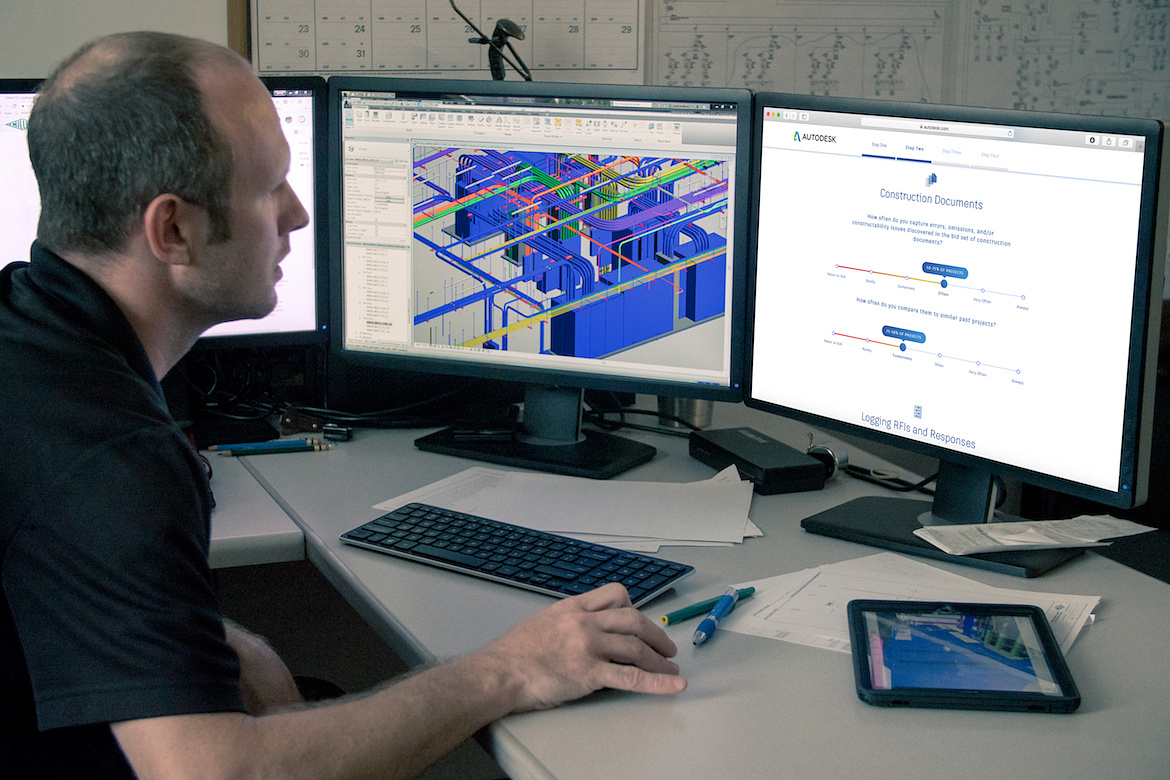
Other
Advantages of BIM for MEP Discipline in construction projects
During the design phase of a construction project, MEP BIM can be very beneficial. The benefits of MEP BIM include improved collaboration, project efficiencies, cost reduction, and reduced risk. The tools used to create a BIM model include 3D modeling, fabrication drawings, shop drawings, collision detection, detailed section reviews, and bill of materials. Listed below are a few examples of how BIM can help your construction project.
MEP BIM models allow for coordination between contractors and design firms. As a result, the process can be completed faster and more efficiently than if all disciplines use conventional processes. During the MEP phase, BIM can help to avoid clashes, which can be very costly.
MEP BIM services can help contractors reduce onsite rework and minimize material waste. They can create shop drawings directly from coordinated MEP BIM models, eliminating clashes and onsite reworks. These efficiencies enable general contractors to achieve higher levels of construction efficiency. Traditional methods of MEP services are inefficient, time-consuming, and error-prone. The advantages of MEP BIM are well worth the investment.
Comprehensive mechanical drawings ensure that all engineers are on the same page. They can show which parts are needed for different components and what components are used by other MEP engineers. For example, if a mechanical engineer designs the elevator shaft, the electrical engineer will design the shaft. Electrical outlines detail the electrical components of a building, allowing contractors to understand where everything is going. They also help the electricians adhere to code guidelines.
As an MEP engineer, you have likely wondered how BIM modeling can benefit you. In this article, you will learn how it can improve communication and cost-effectiveness for building designers and owners. This process also has other benefits. It can help improve HVAC duct routing and spatial coordination of equipment. It can also provide your design team with greater control over project details. In addition to helping you create more cost-effective buildings, BIM can save you time.
Cost-effectiveness
MEP BIM modeling helps contractors optimize the placement of structural and MEP components by using coordinated 3D models. Coordinated MEP BIM models with LOD 400, as per AIA standards, helping contractors efficiently schedule all construction activities. MEP BIM modeling helps save time and money by eliminating clashes between structural and MEP components. The 3D model is coordinated for accuracy and coordination with stakeholders.
The process of coordination is made easier with coordinated BIM models, which ensure safe access paths for contractors and vendors. By utilizing coordinated BIM models, contractors can plan upgrades to existing technology in a building for energy conservation and running costs. For example, a Saudi Arabian project management firm wanted a coordinated BIM model of a hospital facility. We used coordinated BIM modeling software to develop a 500-level model. By using coordinated BIM models, the consultants can collaborate efficiently.
Time-savings
MEP engineers can greatly benefit from BIM. When using BIM, they are able to access every type of design data, from architectural walls to planned plumbing and electrical devices using MEP Shop Drawings. A building model includes all physical characteristics of the structure and can help them determine how various components of the building will interact. This data is invaluable for a variety of reasons, including time savings, accuracy, and increased collaboration between the design team and construction teams.
Because MEP engineers can view these models, they can easily make design decisions, including which materials are best for a particular location. This information can also be shared with other engineers, from fabricators and subcontractors to building owners. This information will help them optimize the layout of various systems and equipment, such as HVAC and plumbing. With the right information, MEP engineers can also make better use of space and coordinate all of the elements of the building.
Improved communication
Using BIM is an effective way to communicate with your team and make sure that everyone is on the same page. This helps to reduce conflict and omissions during the construction phase. It also minimizes the need for onsite rework and can be used to make last-minute changes. Additionally, BIM allows for more efficient communication among contractors and subcontractors. Ultimately, BIM offers the ultimate flexibility to your construction company.
MEP BIM modeling is a collaborative effort between designers and engineers. Professional designers and engineers are able to access every possible piece of design data from a 3D model. They can access everything from planned plumbing and electrical devices to a building's structure and how each of them will interact. This allows them to communicate more effectively and anticipate potential changes and conflicts before they arise. In addition to making communication easier, BIM models are more accurate and produce better documentation and clash-free 3D Revit MEP models.
You must be logged in to post a comment. Login here.
About this article
MEP BIM modeling allows for clash-free designs by generating clash reports early on. Using this process, clashes can be resolved quickly, eliminating rework and wasted time. Check out the advantages of MEP BIM.
visibility13
favorite_border0
mode_comment0



